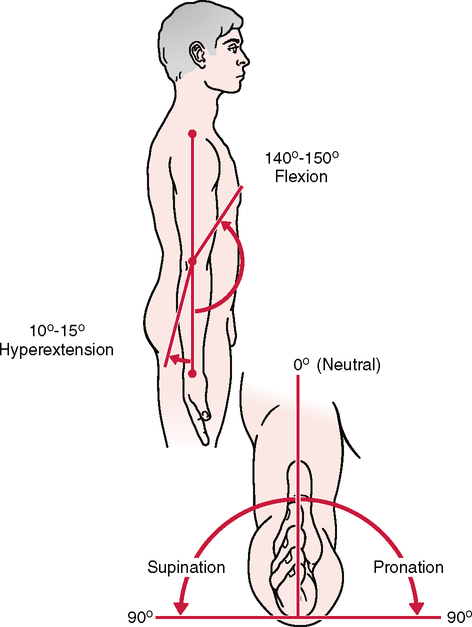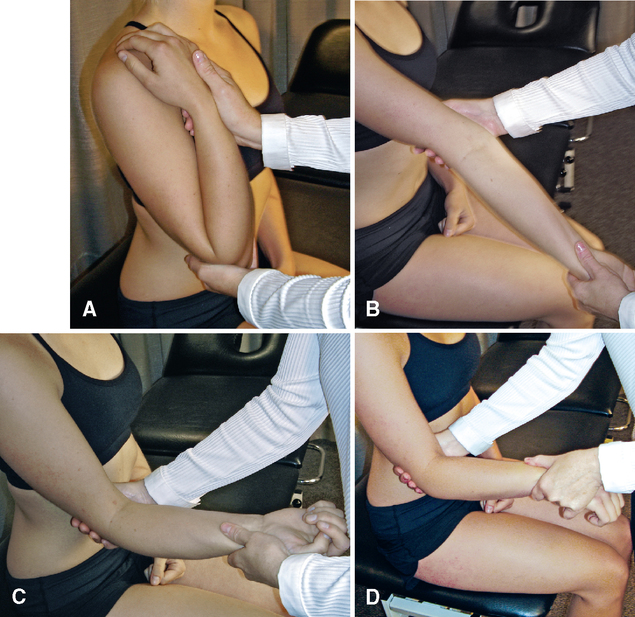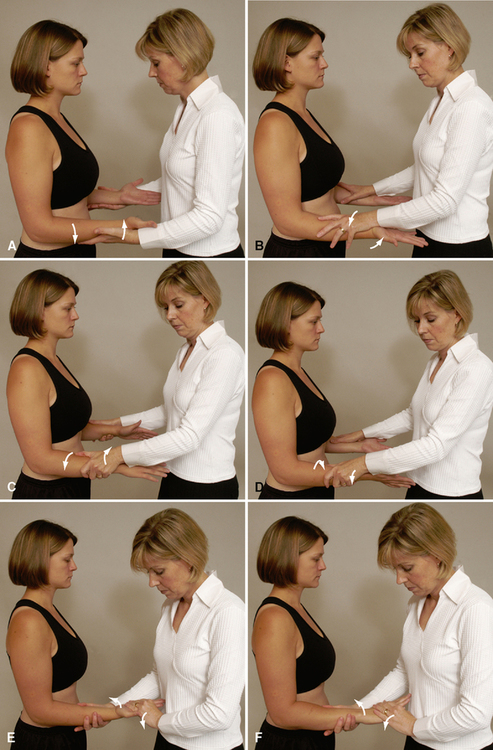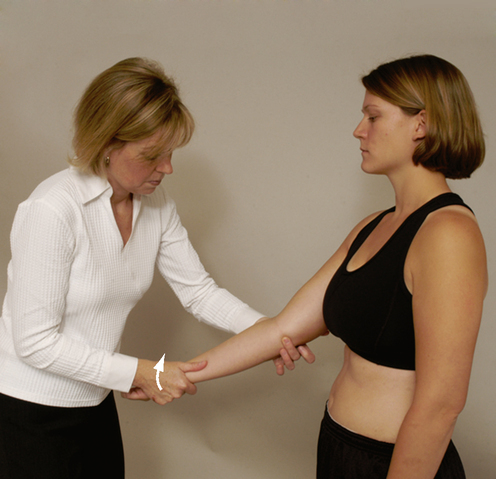CHAPTER 5 Ligamentous valgus instability test Ligamentous varus instability test Posterolateral rotary drawer test Patients may or may not have a prior history of damage to the elbow. Lateral instability occurs after elbow dislocation in 75% of cases.13 Athletes who participate in overhead sports may have a history of lower extremity or back pain that does not allow normal throwing mechanics. This can lead to excessive stress in the elbow, especially on the medial collateral ligament.
ELBOW
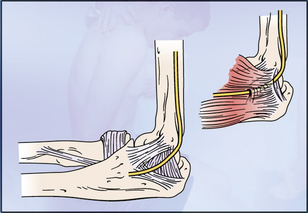
SPECIAL TESTS FOR LIGAMENTOUS INSTABILITY
Relevant Special Tests
Relevant History
Get Clinical Tree app for offline access

